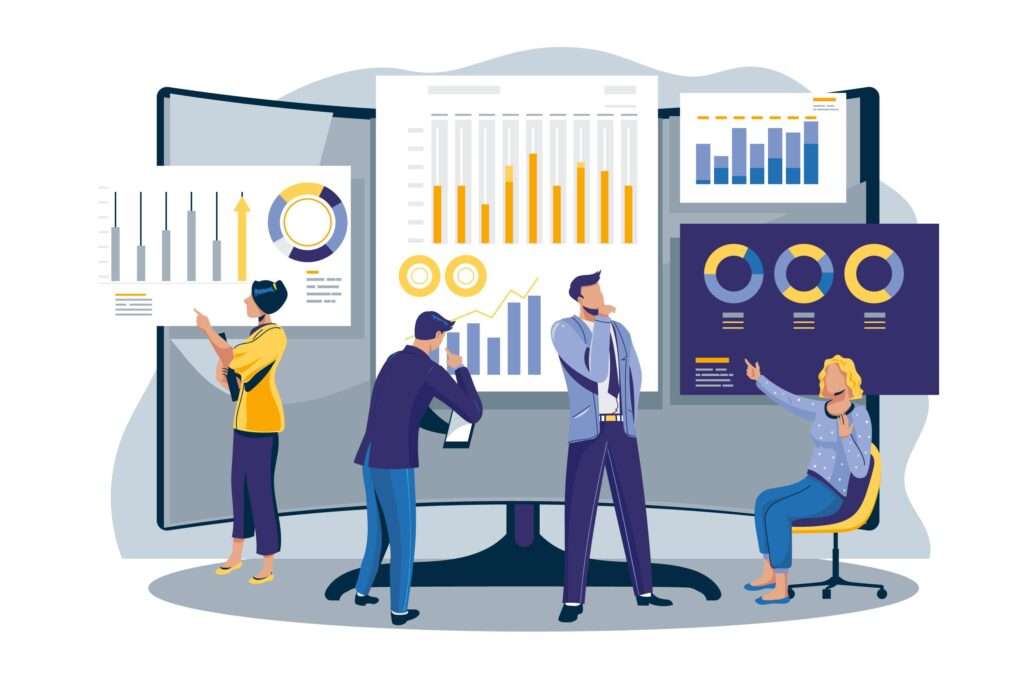The article shows detail 10 Different Management Motivation Theories below along with case study.
Management Motivation Theory:
Motivation is defined as the desire to achieve a goal or a certain performance level, leading to goal-directed behavior. The researchers developed theories to understand what people need.
In the context of management, motivation refers to the actions managers may take to encourage and support the work experience of their teams and motivate them to accomplish more. A corporation may see an overall boost in productivity and accomplishment when its management inspire their staff. Learning management motivation is helpful for leaders since it’s a talent that will help them in whichever field they operate in throughout their working lifetime.
Motivated workers will frequently put in more effort to complete tasks and generally have a stronger rapport with their management. Coworker inventiveness and more effective team initiatives are encouraged in this friendly work atmosphere.

There are 10 Different Management Motivation Theories explained below with a small case study:
A complaint was received by the Fbntiac Division of General Motors: “Every time I buy a vanilla ice-cream, the car won’t start.” This was entered in the ‘helpdesk’ module in the enterprise software. Obviously such complaint was ignored by the service engineer. However, the helpdesk software used for tracking automatically escalated it to the president. The Fbntiac President sent an engineer to check it out.
The field engineer arranged to meet the man just after dinner time, so the two hopped into the car and drove to the ice-cream store. It was vanilla ice-cream that night and, sure enough, after they came back to the car, it wouldn’t start. The Engineer returned for three more nights. The first night, they got chocolate. The car started. The second night, he got strawberry The car started. The third night he ordered vanilla. The car failed to start.
Now the engineer, being a logical man, refused to believe that this man’s car was allergic to vanilla ice-cream. He arranged, therefore, to continue his visits for as long as it took to solve the problem. In a short time, he had a clue: the man took less time to buy vanilla than any other flavor. Why? The answer was in the layout of the store. Vanilla, being the most popular flavor, was in a separate case at the front of the store for quick pickup. All the other flavors were kept in the back of the store at a different counter where it took considerably longer to check out the flavor.
Read More Case Studies:
- A Fun Trip Turned Tragic: Case Study of Indian Travel Influencer Aanvi Kamdar
- Sustainability in Transport Tourism through Collaboration: Case Study on Parkbus
- 10 Lessons from Business Case Study on WhatsApp
- Sudden Rise of Affordable Home Stays in Ayodhya- A Tourism Case Study
- Plastic-Free Spiti Valley- A Sustainable Tourism Case Study
- 1. Maslow – hierarchy of needs:
It supports five basic categories of needs that Maslow put in hierarchy-Physiological needs, Safety and Security, Belonginess & Love, Self Esteem and Self Actualization. It can be explained as:
- Physiological needs– It starts with fulfilling of daily necessities of life or management that is to the stage of idea development.
- Safety and Security– It is the second stage when people having their basic necessities fulfilled need a sense of secure life to sustain for themselves and their environment.
- Belonginess & Love– One has emotional needs as humans are social animal, so, they need a fulfilment towards their emotional stature through love and feeling of belonginess to their families or organizations.
- Self Esteem– One needs constantly recognition towards their work and life in order to stay relevant which can boost their oneself and individuality.
- Self Actualization– The search of the purpose of life, and billion of questions regarding body and soul as well as religiousness, and spirituality, this is to be the last stage to be achieved by an individual.
- 2. Theory X and Theory Y of Motivation by McGregor
Douglas McGregor expressed his views of human nature in two sets of assumptions. They are popularly known as ‘Theory X’ and ‘Theory Y’.
- Theory X stands for the set of traditional beliefs held
- Theory Y stands for the set of beliefs based on researchers in behavioral science which are concerned with modern social views on the man at work.
- 3. Alderfer – ERG theory:
- Existence needs: These include needs for basic material necessities. In short, it includes an individual’s physiological and physical safety needs.
- Relatedness needs: Individuals need significant relationships (be with family, peers or superiors), love and belongingness, they strive toward reaching public fame and recognition. This class of needs contain Maslow’s social needs and external component of esteem needs.
- Growth needs: Need for self-development, personal growth and advancement form together this class of need. This class of needs contain Maslow’s self-actualization needs and intrinsic component of esteem needs.
- 4. McClelland – Need for achievement, affiliation and power
In the early 1960s McClelland – built on Maslow’s work – described three human motivators. McClelland (Arnold et al., 2005) claimed that humans acquire, learn their motivators over time that is the reason why this theory is sometimes called the ‘Learned Needs Theory’.
- Achievement: a need to accomplish and demonstrate competence or mastery
- Affiliation: a need for love, belonging and relatedness
- Power: a need for control over one’s own work or the work of others
- 5. Herzberg – Two factor theory
It is also called motivation-hygiene theory. If the hygiene factors, for example salary, working conditions, work environment, safety and security are unsuitable (low level) at the workplace, this can make individuals unhappy, dissatisfied with their job.
Motivating factors, on the other hand, can increase job satisfaction, and motivation is based on an individual’s need for personal growth. If these elements are effective, then they can motivate an individual to achieve above-average performance and effort.
- 6. Skinner’s reinforcement theory
The Reinforcement theory, based on Skinner’s operant conditioning theory, says that behavior can be formed by its consequences (Gordon, 1987). It belongs to:
- Positive reinforcement: It motivates to get the anticipated reinforcement of required behavior.
- Negative reinforcement: It eliminates the unpleasant state.
- 7. Vroom’s expectancy theory
Victor Vroom’s (1964) expectancy theory aims to explain how people choose from the available actions. Vroom defines motivation as a process that governs our choices among alternative forms of voluntary behavior. These three factors are the following:
- Expectancy – a person’s belief that more effort will result in success. If you work harder, it will result in better performance.
- Instrumentality – the person’s belief that there is a connection between activity and goal. If you perform well, you will get reward.
- Valence – the degree to which a person values the reward, the results of success.
- 8. Adams’ equity theory
The equity theory states that people are motivated if they are treated equitably, and receive what they consider fair for their effort and costs. The theory was suggested by Adams (1965) and is based on Social Exchange theory.
- 9. Locke’s goal-setting theory
Locke’s (1990) goal setting theory is an integrative model of motivation just like the expectancy theory. It emphasizes that setting specific, challenging performance goals and the commitment to these goals are key determinants of motivation. Goals describe a desired future, and these established goals can drive the behavior. Achieving the goals, the goal accomplishment further motivates individuals to perform.

